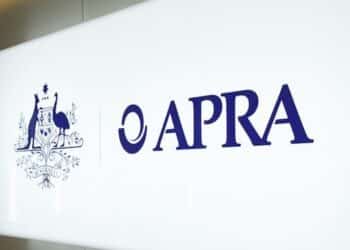According to research conducted by financial services technology provider Worksorted, there is a discrepancy between the amount of revenue being generated by advisers and “anecdotal evidence” about client revenue streams.
Having analysed more than 12,000 revenue statements from more than 100 advice firms – both institutionally-aligned and independent – Worksorted puts the average revenue per client at $323 for the past year.
However, “anecdotally advisers tend to represent that the majority of their clients earn [them] somewhere between $1,000 and $5,000 per year,” said Worksorted director Daniel Fitzgerald, who also owns MLC-aligned firm Tend Financial Planning in South Australia.
“Practitioners will tend to talk it up a little bit but the reality is that within these businesses there is a vast array of clients and a very large tail,” Mr Fitzgerald told ifa.
“There is a lot more catering to non-high net worth (HNW) clients than would otherwise meet the eye; the overall quality of clients is less than advisers would have us believe.”
This gap between “the reality of the numbers and what we hear out in the marketplace” may be driven by licensing and product offering pressures, Mr Fitzgerald suggested.
Being perceived to be catering to HNW clients may give institutionally-aligned advisers a “competitive advantage” in terms of relations with their dealer group, he suggested, with potentially greater support being offered to authorised representatives positioned in this way.
Similarly, independents may wish to give an outward appearance of catering to HNWs in order to gain a competitive advantage in negotiating with product and platform providers, he said.
At the same time, while the amount of total client revenue may be overstated, the Worksorted research also confirms the importance of HNW clients to the firms’ bottom lines.
While only 17 per cent of clients generated revenue between the threshold of $1,000 to $5,000, this 17 per cent accounted for 48 per cent of total revenue.
In other words, “when we get those big clients they obviously have a big and positive impact on our business”, Mr Fitzgerald said.
He also issued a warning, however, not to abandon focus on lower end clients. Not only is there an altruistic benefit in offering advice to those that most need it, but “that book of business – however small – does contribute to the overall management of costs of running the business”.




Garbage.!!!! if you are servicing your clients properly and don’t have a bare min of $2k – $3K ongoing- you got problems.
Coming form a product provider point of view, most advisers I have come across in the past three years say they operate in the HNW segment. Some try to differentiate themselves by stating they operate in the UHNW segment! When you show them their average account balance is $150k the reasons are varied. Fact is fact though. There simply aren’t enough UHNW or HNW Australians for all advisers to operate in that segment.